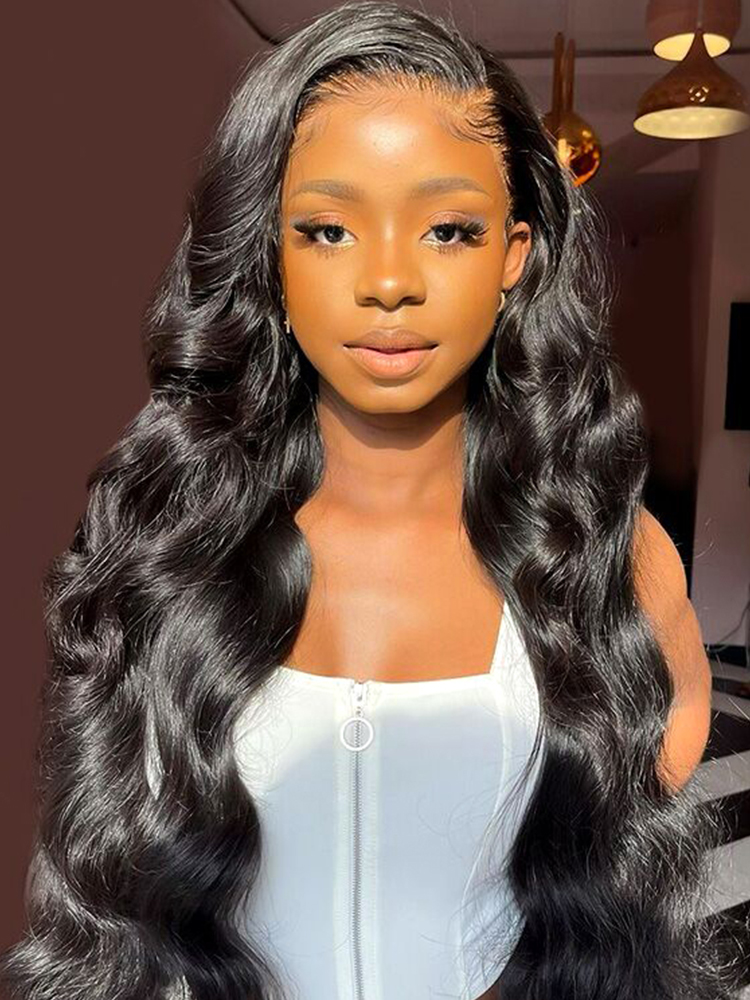Jun 27, 2025 6:30:29 PM
Best Type of Hair Extensions for Thin Hair: The Secret to Creating Natural Hair
Hair extensions can quickly change hair volume and length. They have become an important way for beauty enthusiasts to boost their confidence. For people with low hair volume and thin hair, it is a great challenge to create a fluffy and thick hairstyle. Not all hair extensions are suitable for fine and soft hair. Therefore, it is important to choose an appropriate hair extension type. Inappropriate hair extensions can easily cause scalp irritation and further damage to fragile hair. This article will focus on the "best type of hair extensions for thin hair" and explore the most suitable hair extensions for fine and soft hair. Hope to help you make informed choices.
Characteristics of Thin Hair
Before choosing a hair extension method, we must first understand thin hair. Thin hair generally refers to hair with a small diameter, thin scales, poor elasticity, easy breakage, and knotting. This type of hair is prone to collapse during styling. It lacks support, which makes it difficult to maintain a sense of volume.
This type of hair has thinner strands. It is prone to tangling and breaking. Partial hair extensions may cause excessive tension on the roots, leading to hair loss or breakage. Low hair volume and easily exposed hair extensions can affect overall naturalness. Its load-bearing capacity is limited. It is not suitable for hair extensions that are too heavy or have high tension.
It is also prone to greasiness or sagging. These characteristics affect the fit and hair extensions. Therefore, when choosing hair extensions for thin hair, special attention should be paid to three aspects: lightness, invisibility, and no damage.
The Best Type of Hair Extensions for Thin Hair
Tape Extensions are the preferred recommendation. Adhesive tape hair extensions are currently considered one of the most suitable extensions for thin hair. They are gently sandwiched between natural hair using double-sided tape. It has flat and concealed joints. This method fits the scalp and is not easy to detect; even thin hair can be easily covered.
The key advantages are lightweight comfort and seamless blending. It uses lightweight PU tape to bond without causing too much pressure on the scalp. If maintained properly, it can be reused 2-3 times. If you can replace the tape regularly, you can reuse the original hair blades, which makes it cost-effective. There is no need to heat or pull, and no damage will be caused to the primary hair.
It has a fast installation speed. Professional hairdressers can complete the entire hair-receiving process within 1 hour. Be careful to avoid using oily hair care products on the hair extensions. That is to avoid affecting the adhesion of the tape. Regular maintenance is required; the frequency is approximately 6-8 weeks.
Nano Ring Extensions are a concealed and secure type of hair extension. It does not use hot melt or glue; instead, it uses ultra-small nanorings to secure the hair strands. That makes the physical connection safer. Nanoring’s diameter is very small; therefore, it is very suitable for people with thin hair.
Regularly adjust the position to avoid pulling the same hair. This hair extension type’s installation technology requirements are high; it requires professional hairdressers to operate. The buckle needs to be readjusted every 6-8 weeks to prevent tangling or slipping.
Hand-woven hair patches have become a popular type of lightweight hair patch in recent years, usually attached to hair through braiding or micro ring methods. This hair clip is super thin and has an excellent invisibility effect. It is not easy to pull the scalp. It is suitable for creating large waves or natural straight hair effects. However, the installation process requires professional editing techniques, and the position needs to be adjusted every 6-8 weeks. It has a slightly higher maintenance cost.
Selection Suggestions and Nursing Reminders
How to choose the best type of hair extensions for thin hair? The following factors can be considered.
Firstly, it's about budgeting. Choose the type that best fits your budget based on your needs. The second is frequency. If you want to wear it for a long time, choose the tape type. If you use it occasionally, choose the clip-on type.
Next is hair volume. For those with extremely low hair volume, it is recommended to consult a professional hairdresser first to avoid excessive hair extensions. The last factor is comfort. It is recommended to choose a type that is free of foreign objects and suitable for daily wear.
Nursing advice after receiving hair. No matter what type of hair extensions you choose, daily care is particularly crucial for thin hair. Avoid pulling or tugging on the root of the hair while washing it; use sulfate-free shampoo; avoid blowing hot air directly at the joints.
After combing your hair smoothly every night, gently tie it up to prevent tangling. Tie loose or braid hair before bedtime to reduce nighttime friction and extend the lifespan.
Recommendation
You may have a better idea about the best type of hair extensions for thin hair. If you have thin hair and want to choose a wig that suits your needs, WESTKISS stands out as a specialized brand for wigs, ensuring both comfort and natural-looking results.
 HD Lace Wigs
HD Lace Wigs









